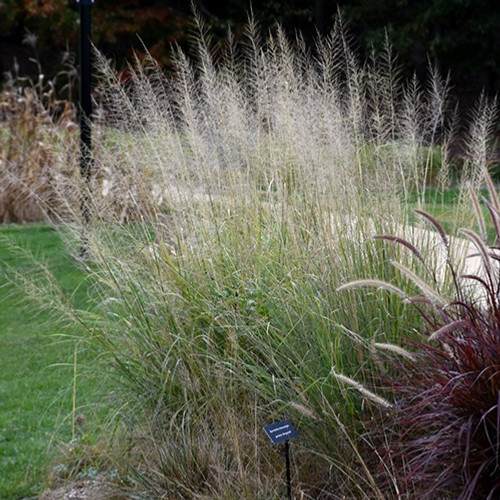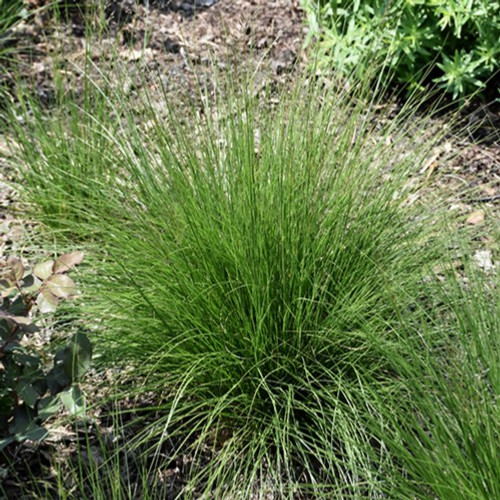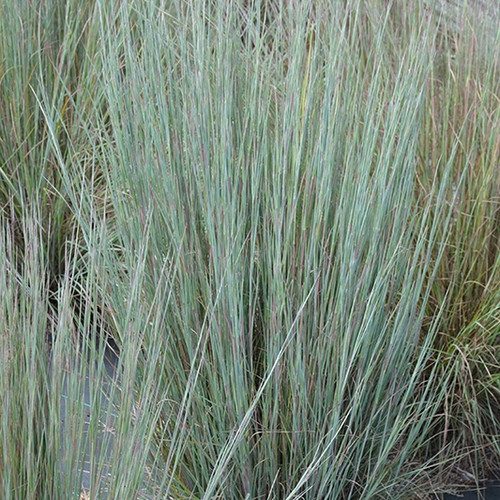| Sporobolus heterolepis | USDA Zone: 3-9 |
Prairie Dropseed features delicate plumes of orange flowers rising above the foliage from late summer to early fall. The tan seed heads are carried on showy plumes displayed in abundance from early to late fall. Its threadlike leaves are light green in colour. As an added bonus, the foliage turns a gorgeous harvest gold in the fall.
Native to the Great Plains and Prairies, this extremely fine-textured grass features airy plumes of fine seed heads floating over the grassy foliage in the late season; ideal for restoration projects and flowing hummocky accents in the urban landscape
Prairie Dropseed is recommended for the following landscape applications;
- Mass Planting
- General Garden Use
- Naturalizing And Woodland Gardens
Native to Ontario
Attracts Birds
Common Name: Prairie Dropseed, Ornamental Grass
|
Key Feature
|
Light Needs | Landscape Uses |
 |
 |
|
|
|
|
| More About Prairie Dropseed Ornamental Grass |
| Height: 2-3 ft |
Spread: 2-3 ft |
Flower Colour: Tan Shades |
|
Prairie Dropseed is native to North American prairies and occurs naturally from Canada to Texas. Much of it has been destroyed by overgrazing and farming, so now it is only found in undisturbed prairies. Native Americans once used its seeds to make flour. This plant gets its name from the way the tiny mature seeds drop to the ground in the fall. Birds and other wildlife depend on this plant as a nutritious food source. This grass is very heat and drought tolerant because it is deep rooted. It is often planted en masse as a groundcover or as a specimen. Warm Season Grasses: These grasses are much slower starting in the spring. They do not push new growth until temperatures warm in early to midsummer. They flower later in the summer or fall with most blooms remaining into the winter. Most warm season grasses tolerate heat, humidity and drought; some even thrive in these conditions. Note that when grown in a container, it may not perform exactly as indicated on the tag - this is to be expected. Also note that when growing plants in outdoor containers and baskets, they may require more frequent waterings than they would in the yard or garden. Be aware that in our climate, most plants cannot be expected to survive the winter if left in containers outdoors, and this plant is no exception. NOTE: Some flowers and plants may be harmful or poisonous to people or pets if touched or ingested. If you require more information before placing an order, please let us know in advance. |











